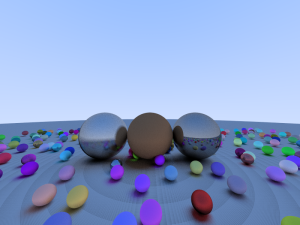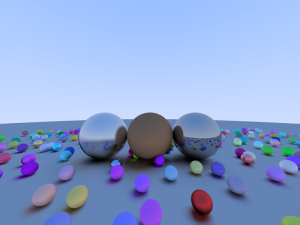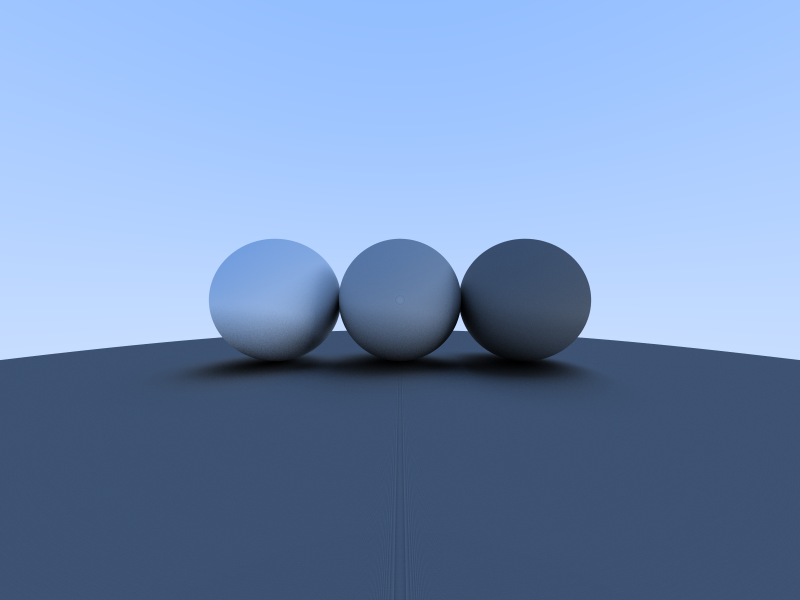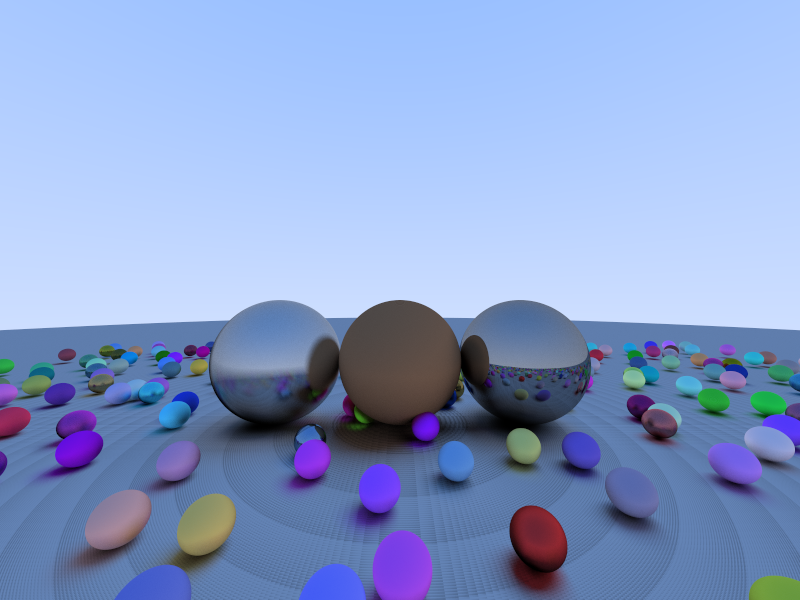A simple screensaver made in my raytracer. Code is on github.
-
archiving art backup blog book review books cooking crafts debian electronics email game game design games go hack-a-day hacks hardware linux minecraft music november organization physical piskell pixel art programming publishing qr-backup recipe research review self-improvement software storage system administration throwaway timelog video video game video games website websites yearly review zorchpad




